
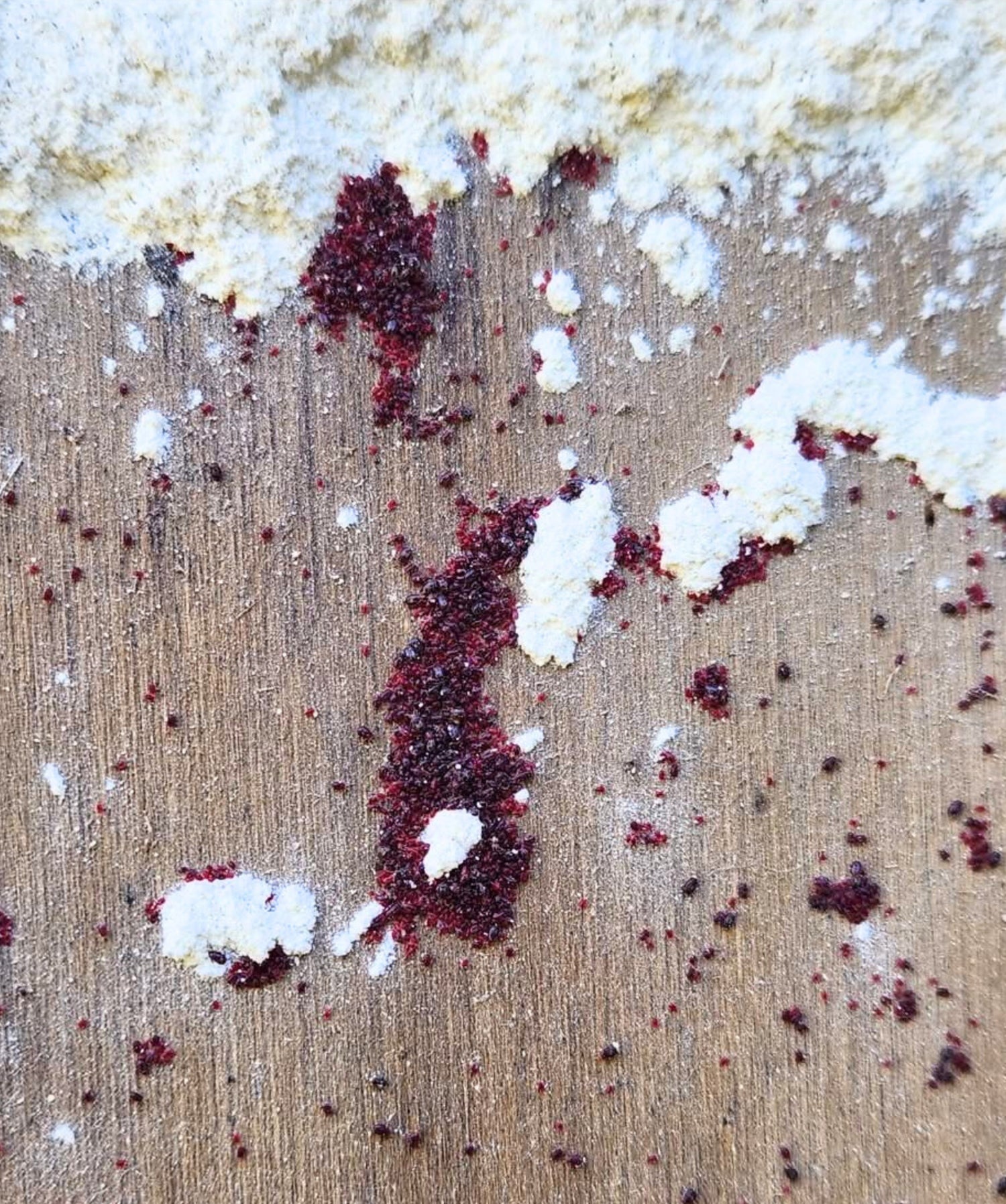
What the DE?! A Review of Current Literature on Diatomaceous Earth for Red Mites Control
If you’ve dealt with poultry red mites (Dermanyssus gallinae), you know how persistent and frustrating they can be. These blood-sucking pests hide in the cracks and crevices of coops and feed on birds at night, causing stress, anaemia, reduced egg production, and even death in severe infestations.
One product that gets thrown around a lot in online forums and natural circles is diatomaceous earth (DE). It’s marketed as a “safe,” chemical-free, effective mite control option.
But is it really? Here’s the honest breakdown – from a scientific, bird welfare–focused perspective.
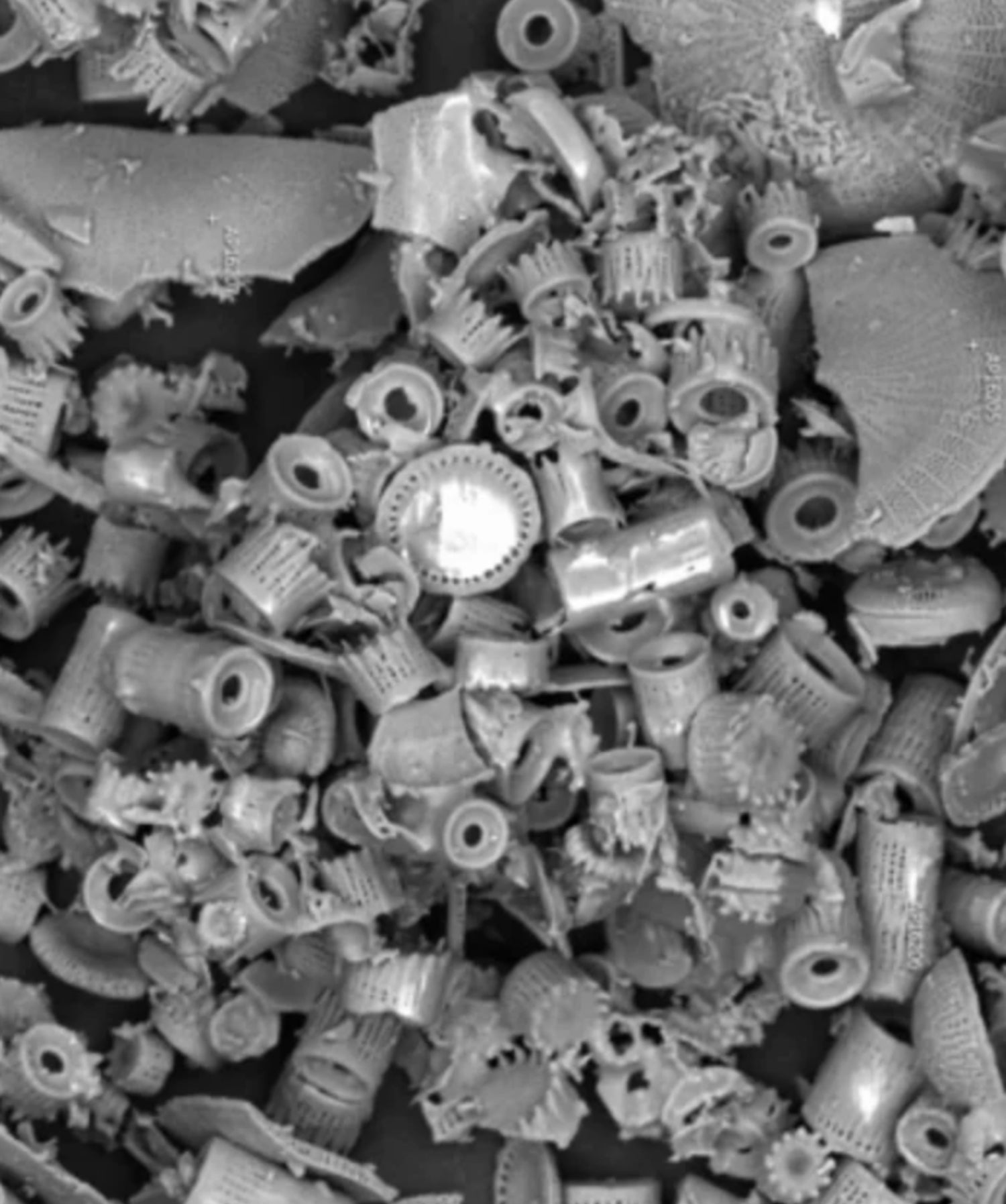
What is DE and Why Do People Use It?
Diatomaceous earth (DE) is a fine powder made from the fossilised remains of microscopic algae called diatoms. It works by physically abrading and dehydrating insects and mites, destroying their protective outer layer until they die. Because its action is mechanical rather than chemical, pests can’t develop resistance to it.
That all sounds ideal, no synthetic chemicals, no resistance, and a “natural” label that appeals to many.
But natural doesn’t always mean safe, and lab effectiveness doesn’t always translate to real-world results. In practice,
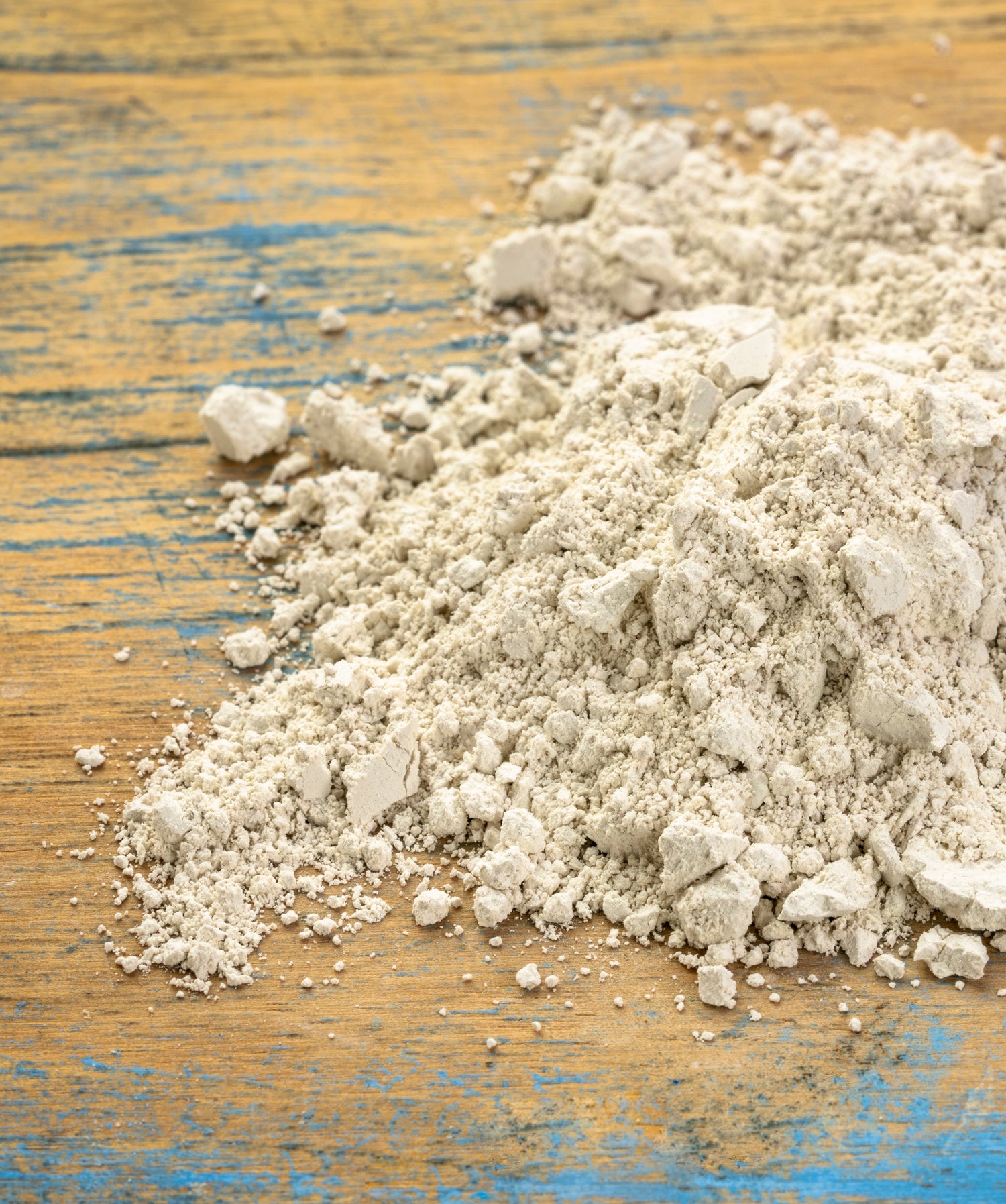
The Science: DE Can Kill Red Mites, But Conditions Have to Be Ideal
Yes, DE kills red mites in lab tests. Studies show it causes 100% mortality after 24–48 hours of continuous exposure – in a dry, controlled environment where mites can’t escape.
Unfortunately, your average chicken coop is not a dry, controlled environment.
In actual poultry sheds, DE results are much less reliable. Studies show that:
- It works better in dry, clean environments.
- It loses effectiveness in high humidity.
- It doesn’t affect mite eggs, so reapplication is essential.
- Mites often avoid treated areas or hide too deep in crevices for DE to reach.
In other words, it can suppress mite numbers temporarily, but it usually doesn’t solve the problem. Mites often bounce back within weeks.
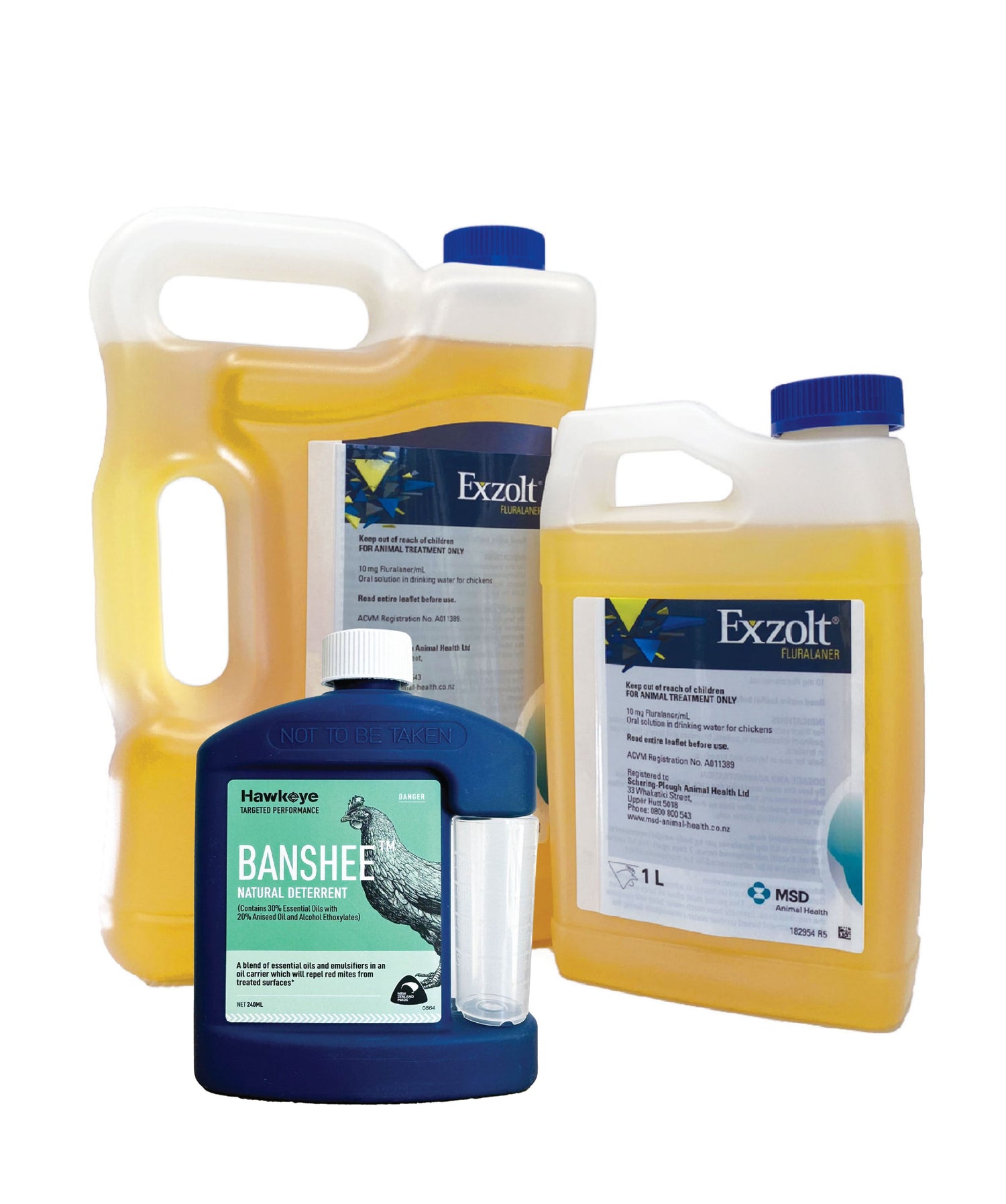
Why We Don’t Recommend DE as a First-Line Option
We don’t generally recommend DE at Avian Empire, and here’s why:
- It’s a respiratory irritant
DE is a fine, abrasive dust, and breathing it in isn’t good for you or your birds. Prolonged inhalation of diatomaceous earth dust, especially the crystalline silica found in some types, can lead to silicosis, a serious lung condition caused by the accumulation of silica particles in the lungs. This can cause inflammation, scarring, and difficulty breathing. Chickens already have delicate respiratory systems, and exposure to DE dust can exacerbate respiratory stress, leading to symptoms like labored breathing or lethargy. The risks are higher in small, enclosed coops or when DE is used frequently without proper ventilation. It's important to minimize exposure and avoid adding extra stress to your birds' respiratory health. - It’s labour-intensive and messy
You’ll need to clean thoroughly, get into every crack, and reapply often. It’s not a once-and-done treatment. - There are better natural alternatives:
- Predatory mites like Androlaelaps casalis or Stratiolaelaps scimitus eat red mites and don’t harm your birds.
- Exzolt is a highly effective and easy-to-administer water treatment that delivers a rapid and dramatic reduction in poultry red mite populations.
- Deep cleaning and simplifying your coop design helps eliminate mite hiding spots.
- Filling cracks, removing clutter, and choosing smooth, sealed surfaces makes a huge difference.
- Essential oil sprays, like our own Banshee, can provide ongoing deterrence without compromising air quality.
- Heat treatments (raising the coop to 45–50°C for a few hours) have been shown to kill mites at all stages.
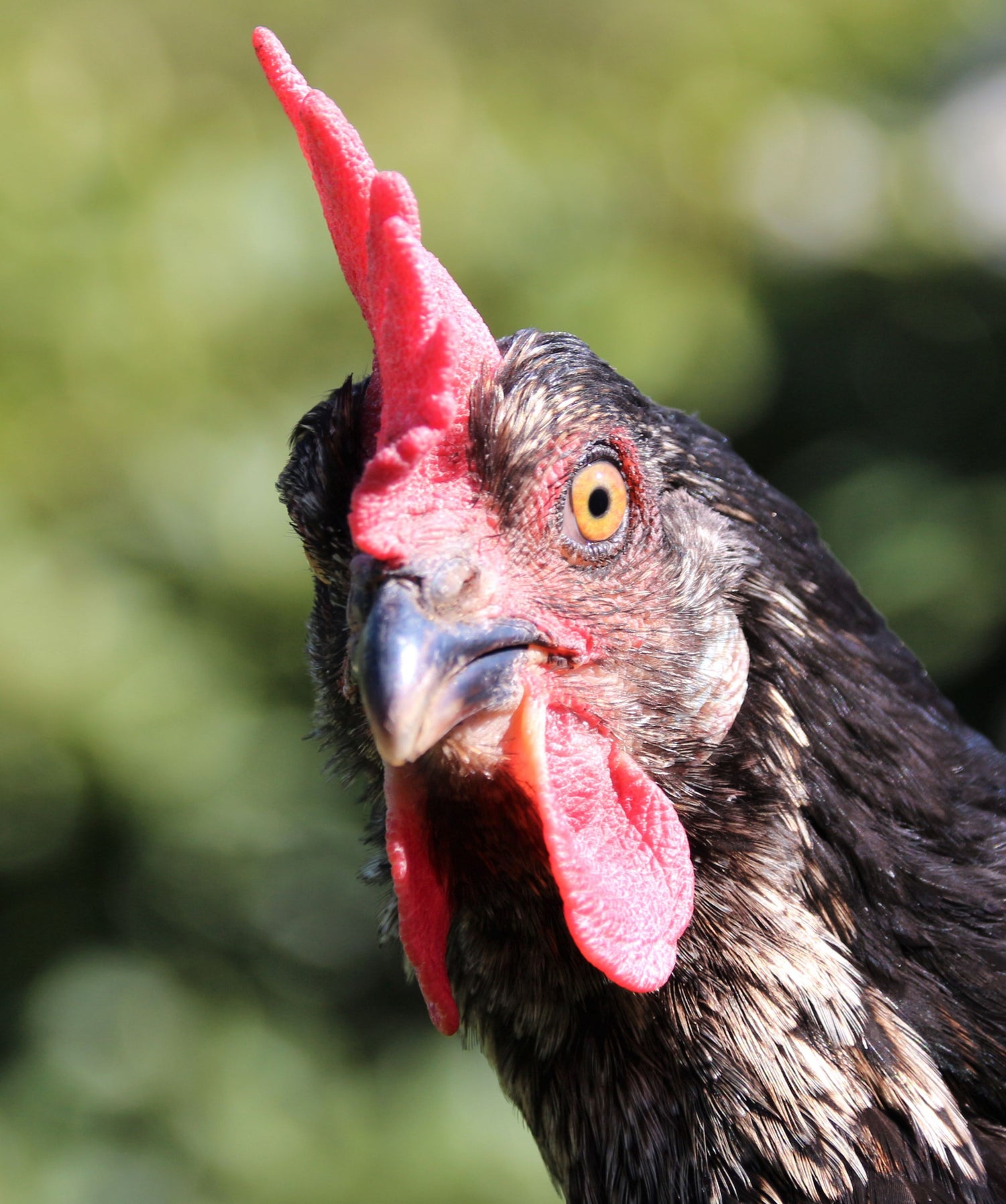
If You Still Want to Try DE – Use It Cautiously
We’re not saying DE is totally useless. It can help under certain circumstances – but it’s not a standalone solution, and it comes with serious drawbacks.
If you’re going to use it:
- Clean the coop first – DE works better when dust and organic debris are removed.
- Use in dry weather – high humidity drastically reduces its effectiveness.
- Apply lightly and precisely – focus on cracks and crevices, not general dusting.
- Wear a mask – protect your lungs. Don’t apply around birds or in enclosed spaces without proper ventilation.
- Don’t rely on it alone – use DE as a backup, not your main strategy.
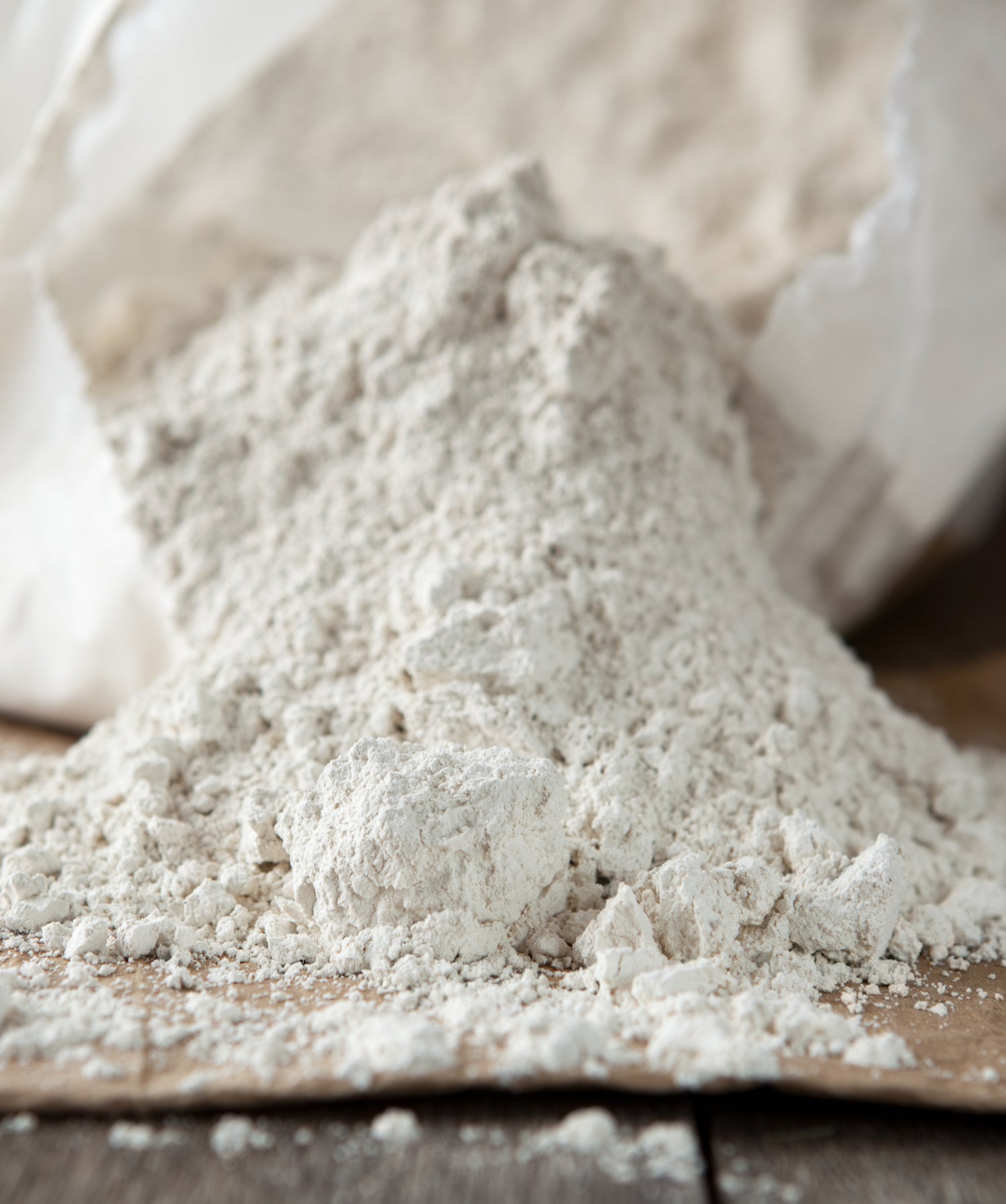
The Bottom Line
Diatomaceous earth (DE) isn’t a silver bullet for red mite control. While it can help kill mites by damaging their outer layer and causing dehydration, its effectiveness depends heavily on dry conditions. It’s messy, potentially harmful to respiratory health, and rarely sufficient on its own to eliminate an infestation.
There are safer, more effective, and longer-lasting options available. If you choose to use DE, do so with caution—and only as a small part of a broader, well-planned red mite management strategy.
References
- Maurer, V., Perler, E. (2006). Silica dust for mite control in poultry houses. Veterinary Parasitology.
- Maurer, V. et al. (2009). In vitro efficacy of inert dusts and plant products against Dermanyssus gallinae. Experimental and Applied Acarology.
- Kilpinen, O., Steenberg, T. (2009). Inert dusts and their effects on poultry red mites. Experimental and Applied Acarology.
- Ulrichs, C. et al. (2020). Field and laboratory evaluation of silica-based treatments for red mite control. Poultry Science.
- Alves, L.F. et al. (2020). Evaluation of DE plus mechanical cleaning for red mite control on Brazilian farms. Brazilian Journal of Poultry Science.
- Bennett, D.C. et al. (2011). Evaluation of DE dust baths for external parasite control in organic hens. Poultry Science.

